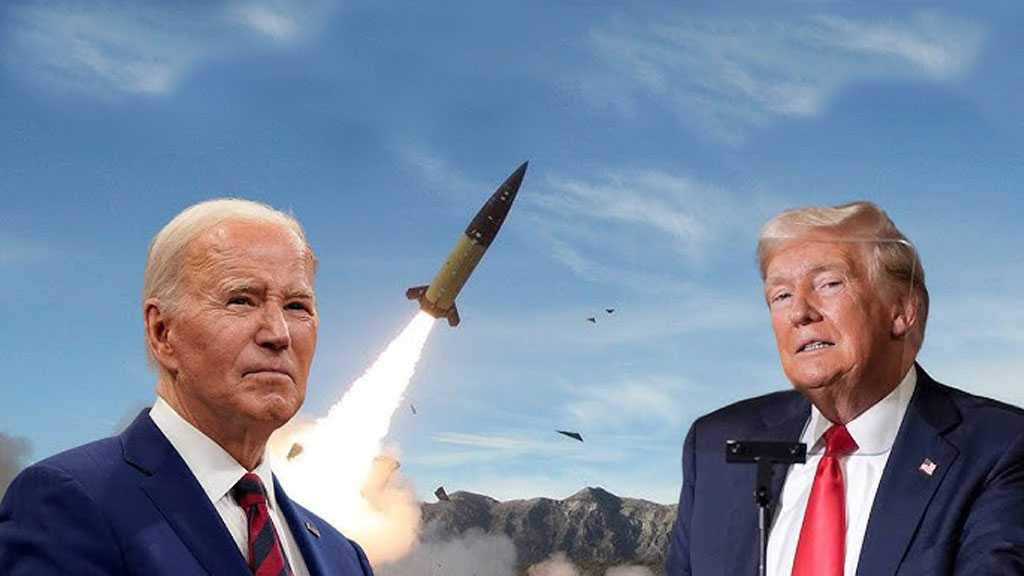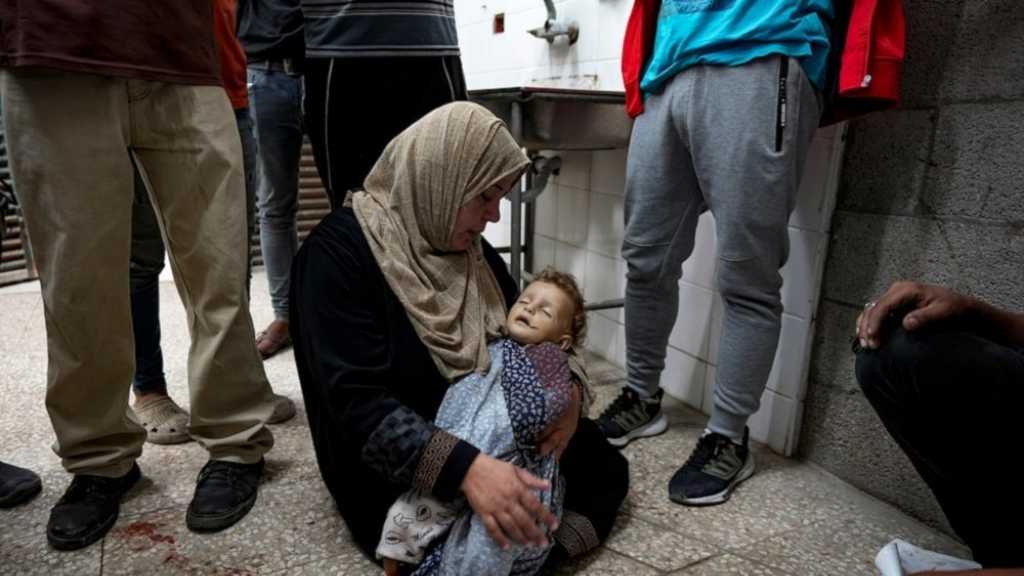Extra U.S. forces for Afghanistan, no ticket home for Canadians

Source: The National Post, 10-01-2008
The Pentagon is expected to announce Friday that 3,000 marines would be sent to Afghanistan for a one-time stint to bolster NATO forces there
OTTAWA -- Members of the U.S. Marine Corps were among the first western soldiers into Kandahar in 2001, and now they are coming to the rescue again.
But the Pentagon's decision to possibly send in some 3,000 marines to southern Afghanistan for a one-time only, seven-month rotation in no way represents a ticket home for Canada's 2,500 troops in Kandahar.
Nor does it end NATO's perpetual struggle to find enough troops and equipment to break the back of a Taliban insurgency in the south, now emerging from its bloodiest year of inflicting casualties on foreign troops and innocent Afghan civilians.
As early as Friday, U.S. Defense (War) Secretary Robert Gates is expected to approve a request from NATO for the additional 3,000 marines, who would be up and running by April to assist the alliance's International Security Assistance Force in southern Afghanistan.
These additional U.S. forces would come despite the fact Americans, with approximately 14,000 personnel, already account for the largest contingent of ISAF's 40,000 troops and have been reluctant to make up NATO's shortfalls. Another 12,000 U.S. troops are also in Afghanistan conducting counter-insurgency operations outside the NATO umbrella. In all, the U.S. already contributes more than half the 50,000 Western troops in Afghanistan.
Leading up to this modest troop increase, the Pentagon acknowledged what was at its core: most of NATO's European members simply haven't supplied enough troops or equipment to satisfy ISAF's statement of requirements, something NATO Secretary-General Jaap de Hoop Scheffer did not shy away Thursday.
"I am not fully satisfied because I still think we can do better," he said. "I am very happy and glad that the U.S. government is in the process of taking this decision."
Mr. De Hoop Scheffer lauded Poland's "very substantial" offer totalled 1,600 troops and eight helicopters, and he also singled out smaller countries for their recent contributions.
But the 3,000 additional marines represent less than half the extra troops NATO commanders want, and does little to address crucial shortages of materiel, especially helicopters.
"NATO-ISAF has identified requirements for more trainers and more combat forces, as well as some other capabilities," Carmen Romero, a NATO spokesperson, told Canwest News Service from Brussels Thursday.
"The requirement for in-theatre air transport of equipment remains, and NATO will continue to implement the decision to lease helicopters to meet this requirement."
Sending in the marines was billed as pre-emptive measure to head off what is becoming an annual rite in Afghanistan -- the spring Taliban offensive.
But the April deployment will is also being timed to send a political message to another group: the reluctant leaders of some NATO countries who will be holding their annual summit in Romania that same month.
The marine deployment is a way of ratcheting up pressure on some European countries to contribute more, said Alain Pellerin, executive-director of the Conference of Defense Associations in Ottawa.
No one in Canada -- particularly the federal opposition parties who want the Conservative government to end combat operations -- should view the arrival of the marines as reason to bring home the country's 2,500 troops in Kandahar by February 2009, he said.
"It's a commitment of seven months, so the Americans are saying, let's get over this hump of the possibility of attacks by the Taliban, so we'll surge our commitment by seven months. But we're not there to fill the hole should the Canadians decide to leave."
Mr . Pellerin said Canada should continue to lobby reluctant allies to do more in the south, between now and the Romanian summit. But the pressure should be discreetly applied behind the scenes because that is how the Dutch were able to pry a couple of hundred Afghan National Army trainers out of the French and Germans for the south, he added.
The chief spokesman for Defense Minister Peter MacKay signalled that will be the approach in the coming months.
"We welcome the contributions of all our international partners to promote security, good governance and reconstruction in Afghanistan," said Dan Dugas, who would go no farther.
In Brussels, Mr. de Hoop Scheffer had a message for any NATO country contemplating a pullout or a downsizing of its military commitment.
"There's no doubt that on a host of fronts I would like to see more progress in Afghanistan, be it on counter narcotics, be it on improving governance, be it on holding territory we've won on the battlefield. The international community could and should do better," de Hoop Scheffer said.
"The problem is that we -- the international community -- we have no patience," he added.
"Patience with a capital P is a word we need. This is a long-term commitment . . . Patience, in other words, and not expecting instant success."
The Pentagon is expected to announce Friday that 3,000 marines would be sent to Afghanistan for a one-time stint to bolster NATO forces there
OTTAWA -- Members of the U.S. Marine Corps were among the first western soldiers into Kandahar in 2001, and now they are coming to the rescue again.
But the Pentagon's decision to possibly send in some 3,000 marines to southern Afghanistan for a one-time only, seven-month rotation in no way represents a ticket home for Canada's 2,500 troops in Kandahar.
Nor does it end NATO's perpetual struggle to find enough troops and equipment to break the back of a Taliban insurgency in the south, now emerging from its bloodiest year of inflicting casualties on foreign troops and innocent Afghan civilians.
As early as Friday, U.S. Defense (War) Secretary Robert Gates is expected to approve a request from NATO for the additional 3,000 marines, who would be up and running by April to assist the alliance's International Security Assistance Force in southern Afghanistan.
These additional U.S. forces would come despite the fact Americans, with approximately 14,000 personnel, already account for the largest contingent of ISAF's 40,000 troops and have been reluctant to make up NATO's shortfalls. Another 12,000 U.S. troops are also in Afghanistan conducting counter-insurgency operations outside the NATO umbrella. In all, the U.S. already contributes more than half the 50,000 Western troops in Afghanistan.
Leading up to this modest troop increase, the Pentagon acknowledged what was at its core: most of NATO's European members simply haven't supplied enough troops or equipment to satisfy ISAF's statement of requirements, something NATO Secretary-General Jaap de Hoop Scheffer did not shy away Thursday.
"I am not fully satisfied because I still think we can do better," he said. "I am very happy and glad that the U.S. government is in the process of taking this decision."
Mr. De Hoop Scheffer lauded Poland's "very substantial" offer totalled 1,600 troops and eight helicopters, and he also singled out smaller countries for their recent contributions.
But the 3,000 additional marines represent less than half the extra troops NATO commanders want, and does little to address crucial shortages of materiel, especially helicopters.
"NATO-ISAF has identified requirements for more trainers and more combat forces, as well as some other capabilities," Carmen Romero, a NATO spokesperson, told Canwest News Service from Brussels Thursday.
"The requirement for in-theatre air transport of equipment remains, and NATO will continue to implement the decision to lease helicopters to meet this requirement."
Sending in the marines was billed as pre-emptive measure to head off what is becoming an annual rite in Afghanistan -- the spring Taliban offensive.
But the April deployment will is also being timed to send a political message to another group: the reluctant leaders of some NATO countries who will be holding their annual summit in Romania that same month.
The marine deployment is a way of ratcheting up pressure on some European countries to contribute more, said Alain Pellerin, executive-director of the Conference of Defense Associations in Ottawa.
No one in Canada -- particularly the federal opposition parties who want the Conservative government to end combat operations -- should view the arrival of the marines as reason to bring home the country's 2,500 troops in Kandahar by February 2009, he said.
"It's a commitment of seven months, so the Americans are saying, let's get over this hump of the possibility of attacks by the Taliban, so we'll surge our commitment by seven months. But we're not there to fill the hole should the Canadians decide to leave."
Mr . Pellerin said Canada should continue to lobby reluctant allies to do more in the south, between now and the Romanian summit. But the pressure should be discreetly applied behind the scenes because that is how the Dutch were able to pry a couple of hundred Afghan National Army trainers out of the French and Germans for the south, he added.
The chief spokesman for Defense Minister Peter MacKay signalled that will be the approach in the coming months.
"We welcome the contributions of all our international partners to promote security, good governance and reconstruction in Afghanistan," said Dan Dugas, who would go no farther.
In Brussels, Mr. de Hoop Scheffer had a message for any NATO country contemplating a pullout or a downsizing of its military commitment.
"There's no doubt that on a host of fronts I would like to see more progress in Afghanistan, be it on counter narcotics, be it on improving governance, be it on holding territory we've won on the battlefield. The international community could and should do better," de Hoop Scheffer said.
"The problem is that we -- the international community -- we have no patience," he added.
"Patience with a capital P is a word we need. This is a long-term commitment . . . Patience, in other words, and not expecting instant success."




